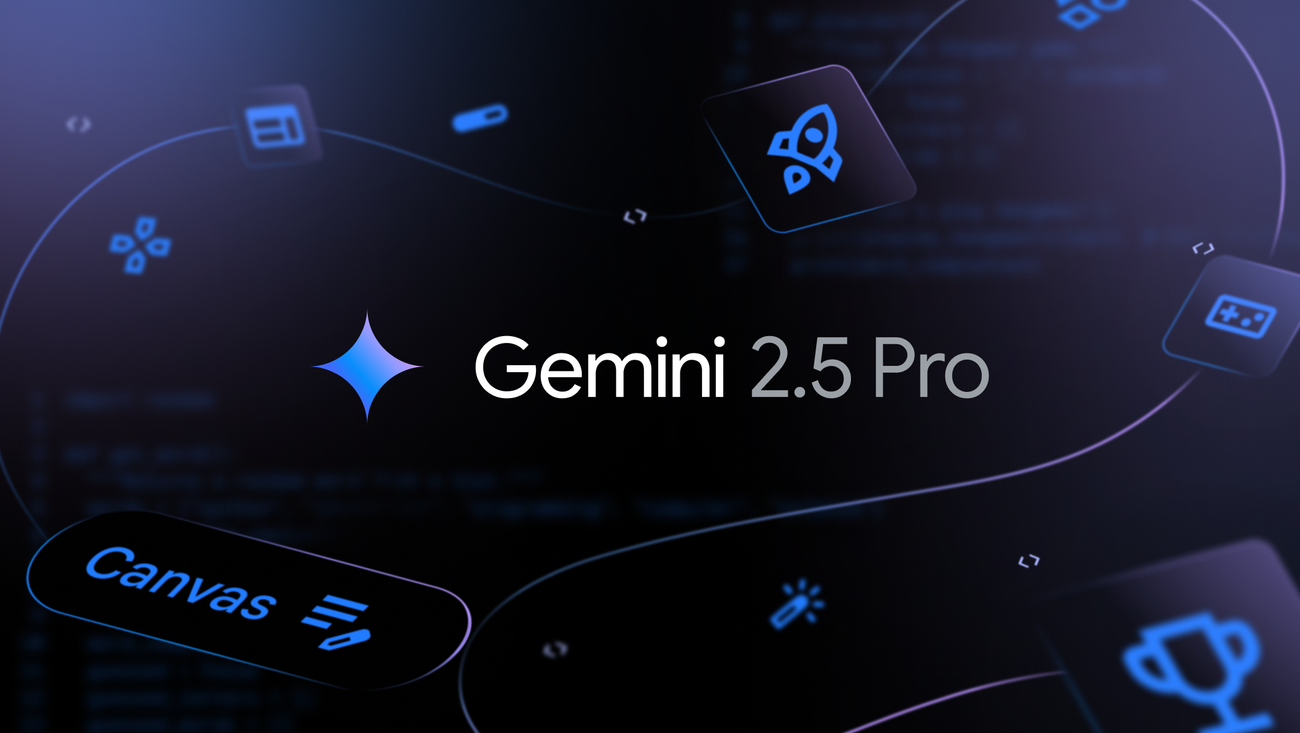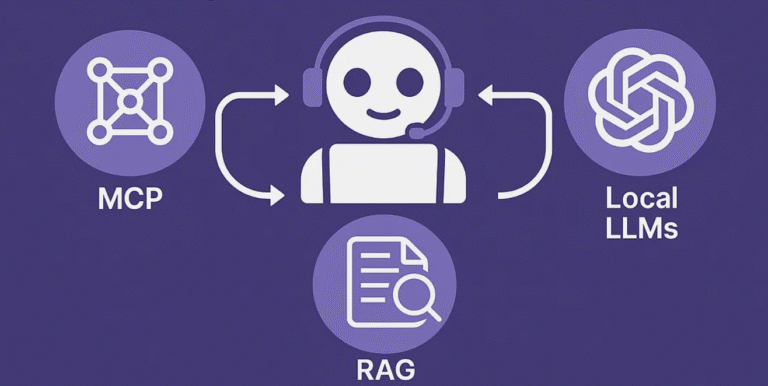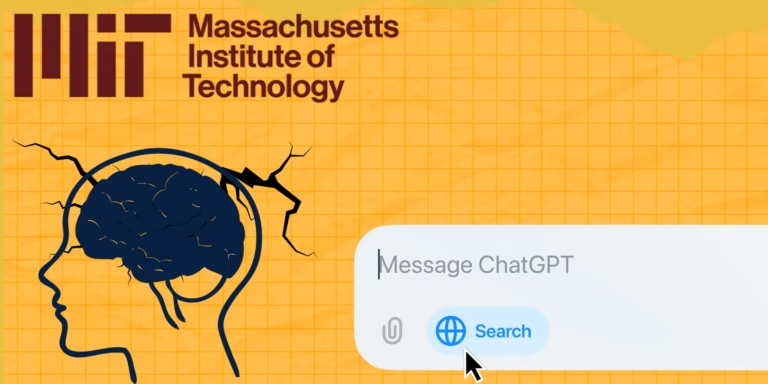Unlocking Gemini’s Potential: A Comprehensive Tutorial on Advanced AI Capabilities
This guide provides a validated and updated overview of Google’s Gemini models and features, drawing upon detailed explanations and insights from current AI development trends. It’s designed to serve as a comprehensive resource, akin to a learning book or an extensive blog post, to help you understand and leverage Gemini’s powerful capabilities.
Understanding Gemini’s Advanced Models
Gemini offers a suite of models, each optimized for different tasks, balancing performance, speed, and cost efficiency. These models represent the forefront of AI development, incorporating multimodal capabilities and advanced reasoning.
1. Gemini 2.5 Pro
- What It Does: Gemini 2.5 Pro is Google’s most advanced model, engineered to handle complex reasoning tasks and multimodal inputs. It particularly excels in step-by-step reasoning, enhanced by a “Deep Think” mode.
- Example Prompts: You can use Gemini 2.5 Pro for tasks such as analyzing large datasets of scientific papers to identify emerging AI ethics trends, debugging complex Python codebases and suggesting optimizations, or generating a sustainable energy business plan for startups.
- Optimized For: This model is optimized for enhanced thinking and reasoning, comprehensive multimodal understanding, and tackling advanced complex problems. It’s particularly suited for analyzing large datasets, codebases, and documents.
- Insights: The capabilities of Gemini 2.5 Pro align with current AI development trends that prioritize multimodal AI, enabling the processing of text, images, and potentially audio data, which is a significant advancement over text-only models. The “Deep Think” mode likely functions similarly to features in other advanced AI systems, allowing the model to take additional time for complex queries, which is highly beneficial for research-intensive tasks like analyzing scientific papers. A 2024 Google AI blog post highlighted the critical role of such multimodal models in advancing research, supporting their utility for tasks like trend identification or code debugging.




